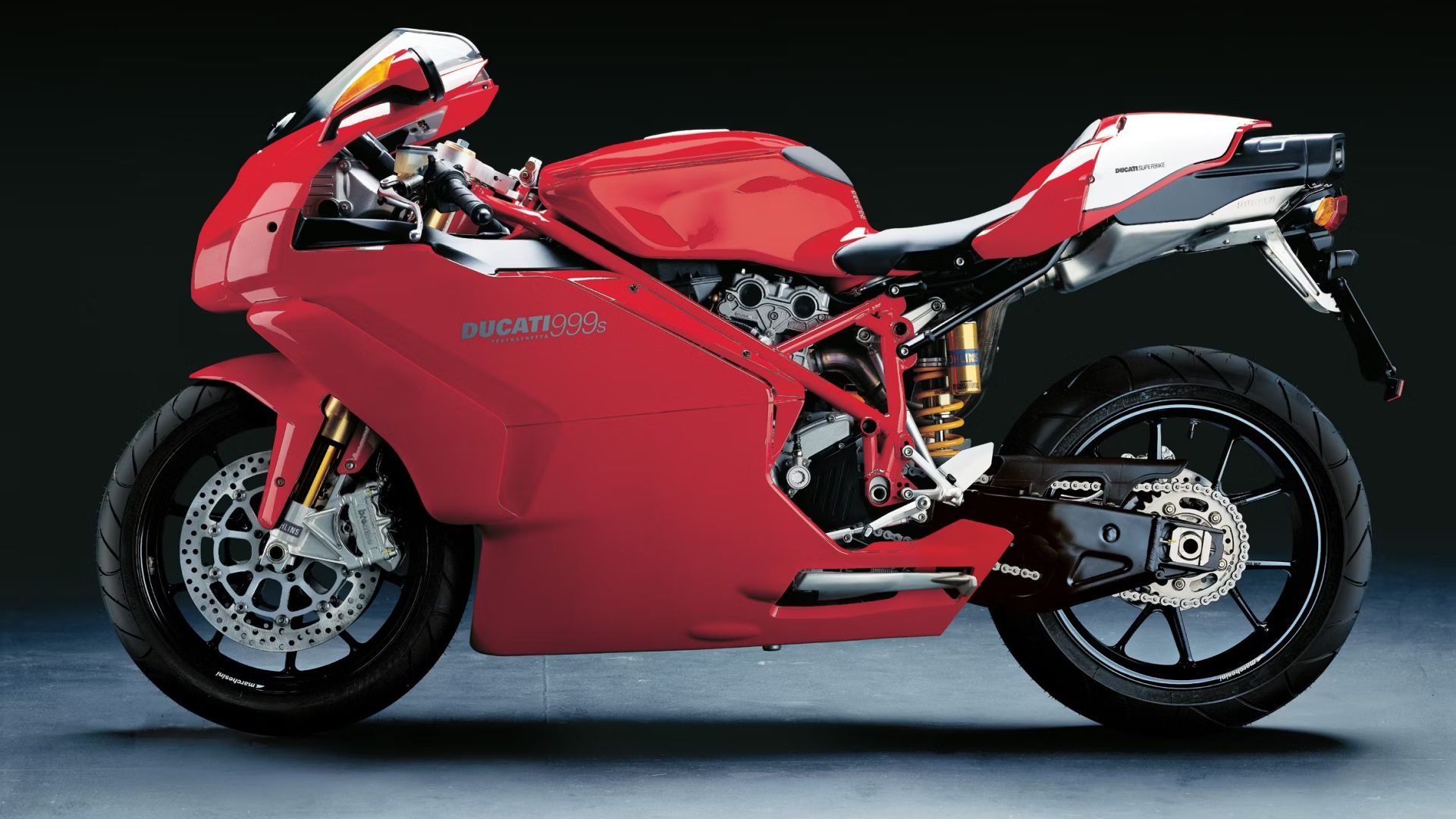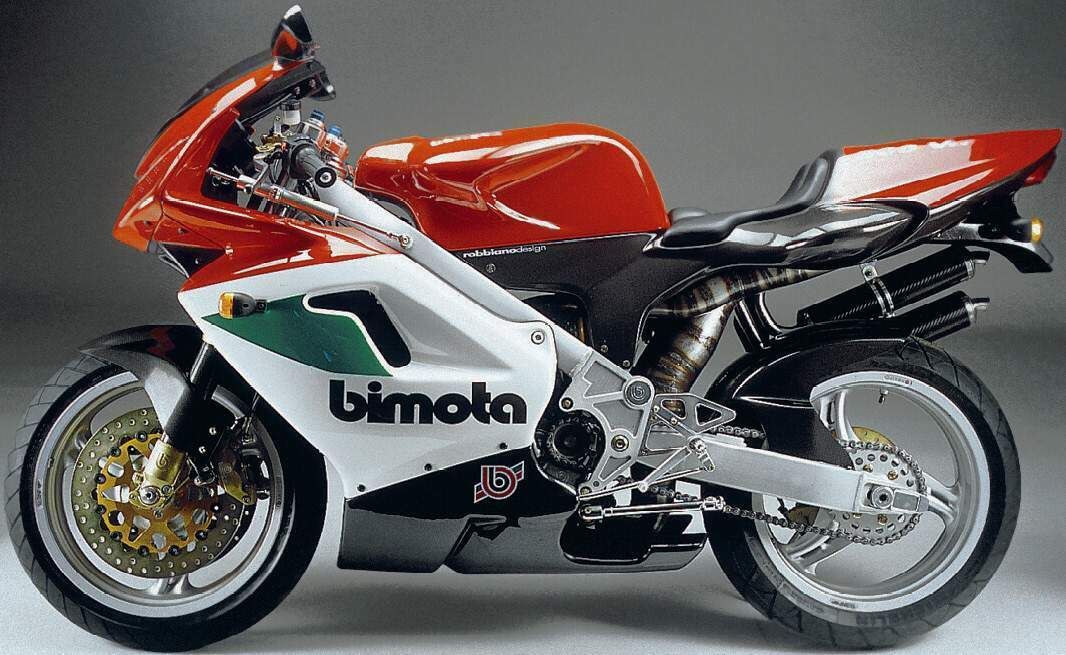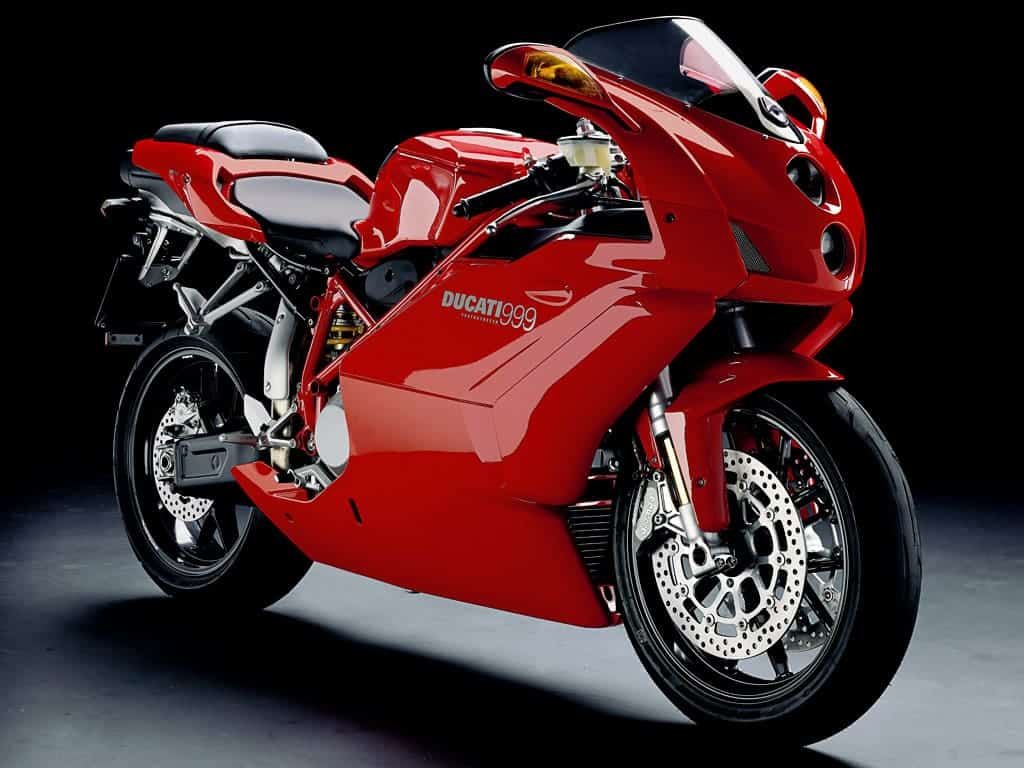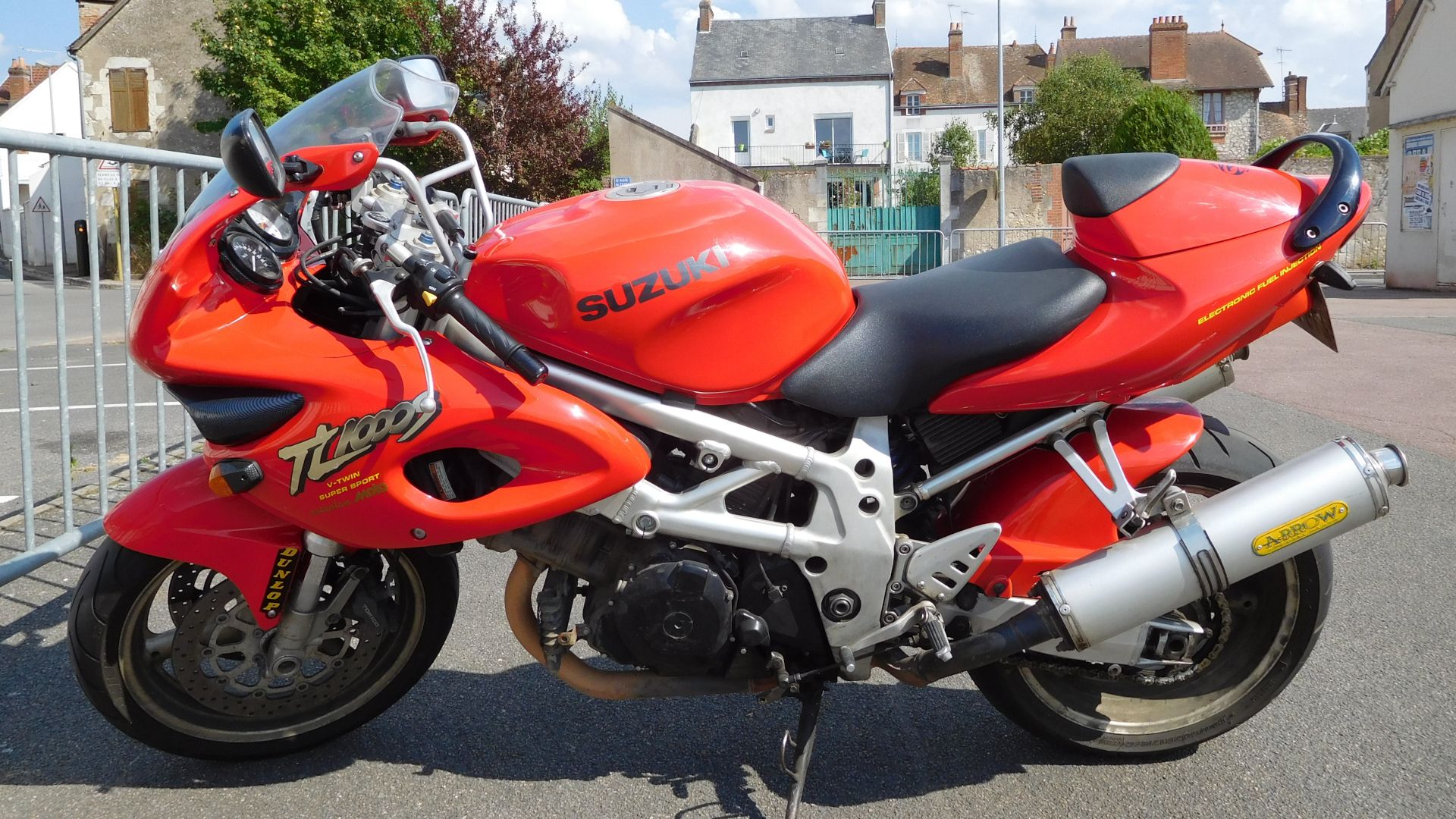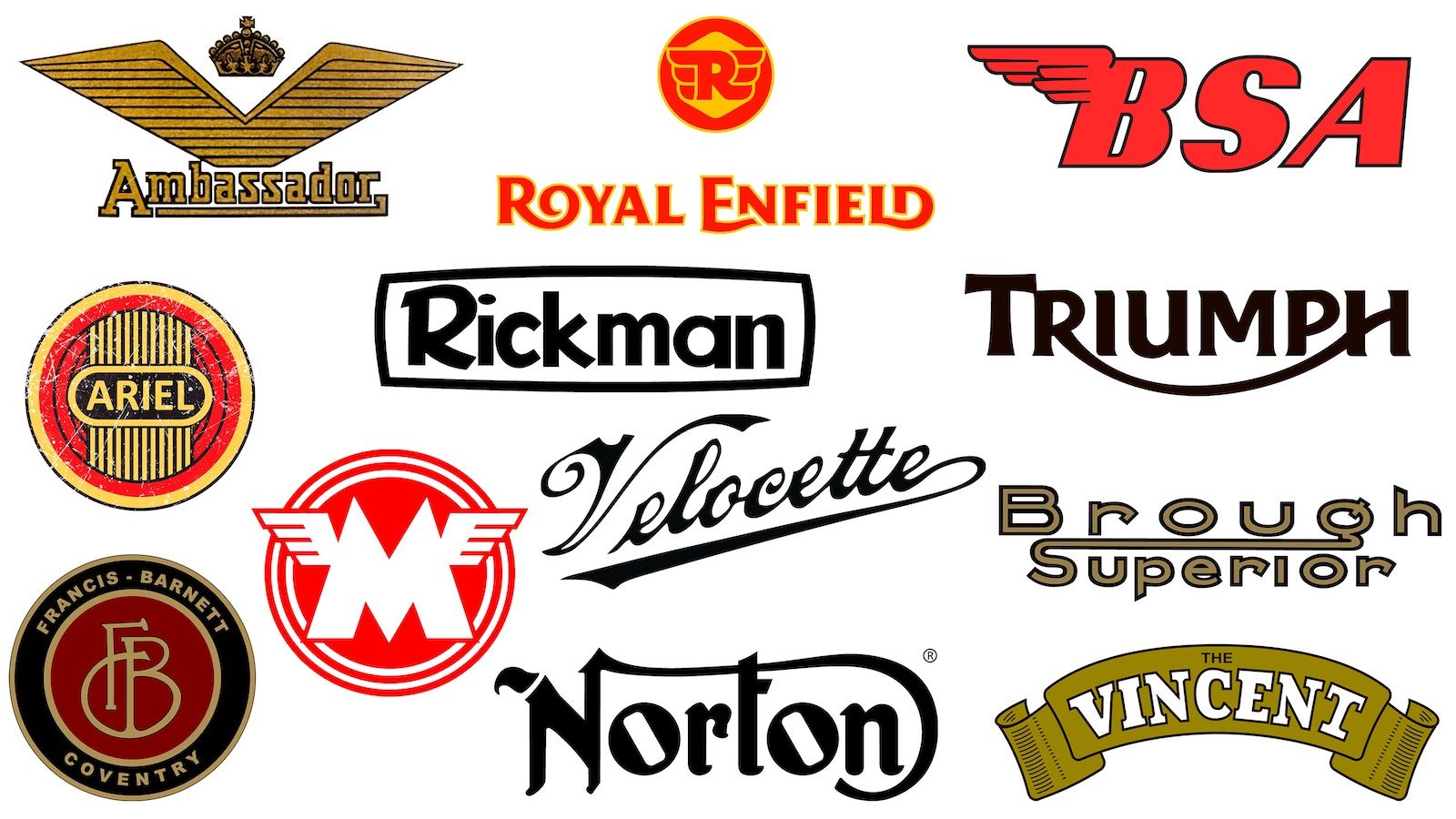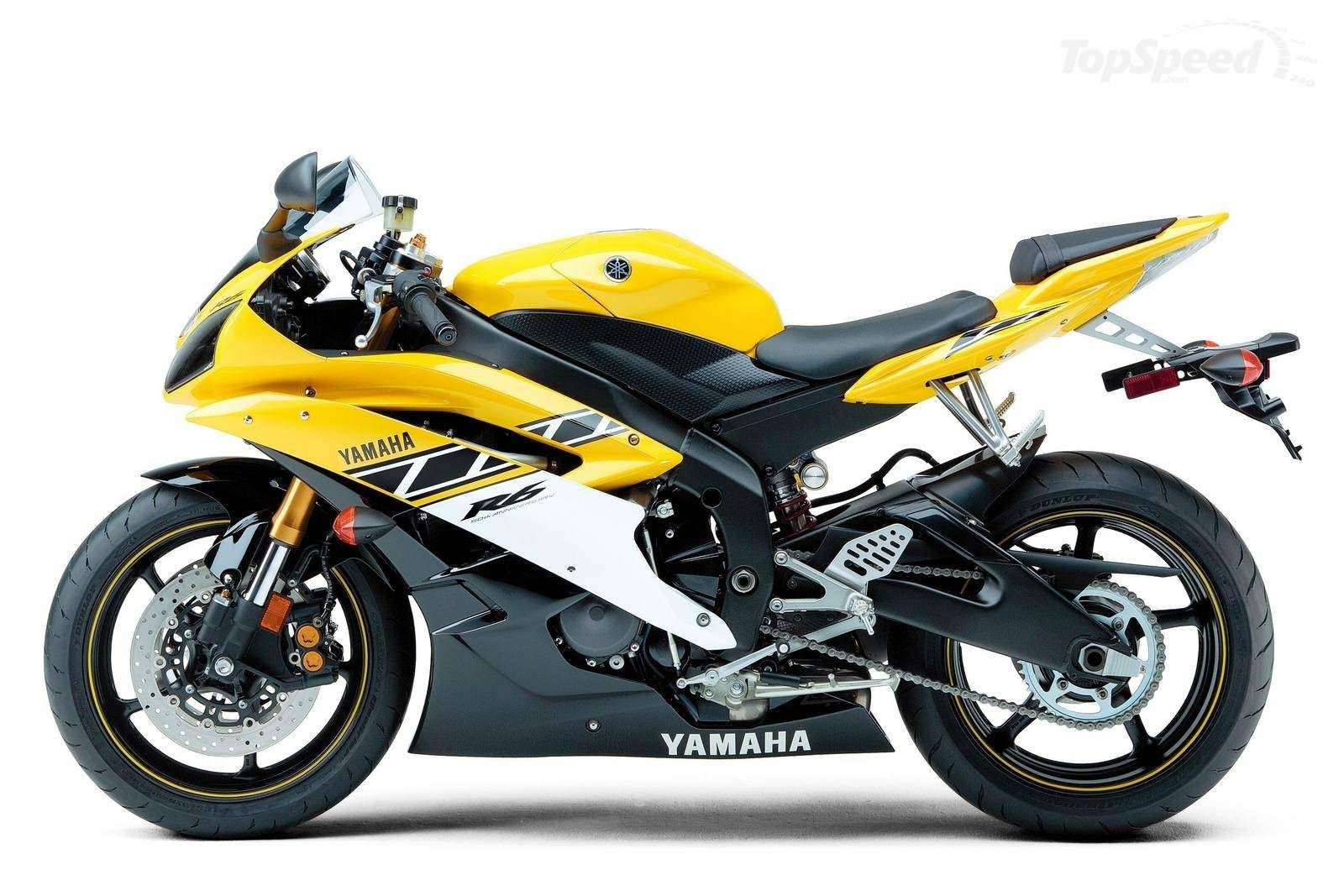Luckily for both the consumer and the motorcycle manufacturers, there are very few motorcycles that are really bad - so bad that they sink without a trace and are happily forgotten by everyone involved. But motorcycling is more than simply the end product: there are many influences that can make or break a manufacturer as well as a particular model: some terminal, others merely leaving the manufacturer in question with egg on their face. There are no doubt many, many examples but these are the ten that stick out head and shoulders above the rest.
10 KTM Says No And BMW Reaps The Rewards
It’s hard to remember a time when we weren’t all glued to our TVs, watching a couple of actors taking on the world and riding around it, from side to side, top to bottom and bottom to top. But such a time did exist and, when the two men in question - Ewan McGregor and Charley Boorman - first proposed their trip around the world and approached KTM to supply two 950 Adventures and some cash to pay for back up, KTM for once dropped the ball and said thanks, but no thanks. Undeterred, the pair went to second choice BMW who were only too happy to supply a pair of R 1150 GS motorcycles. The resulting exposure catapulted the GS firmly into popular culture and arguably turned it into the sales success it has become since 2003. We wouldn’t say KTM has struggled since then, but it was definitely an own goal.
9 Biting Off More Than You Can Chew
In the late 1990s, the two-stroke engine continued the dominance of Grand Prix racing it had enjoyed since the 1970s. Boutique Italian manufacturer Bimota sought to jump onto the marketing bandwagon this dominance afforded by releasing its V Due 500 road bike, the closest thing to a GP bike for the road you could buy at the time. However, Bimota developed its own fuel injection system which, to put it simply, didn’t work: the bike was almost unrideable and, in a motorcycle that was horrendously expensive, this was a disaster. Bimota was forced to recall every single one and offer customers a new bike or a cash refund. Most opted for the cash which was disastrous for the company’s finances, and it declared bankruptcy in 1999.
8 One Of Triumph’s Few Mistakes
Triumph has made very few wrong turns in the years since it was resurrected in 1991, which only goes to highlight the rare mistakes. In 2000, with the 600cc sports bike class in full swing, Triumph thought it would join in, and the result was the TT600, a fully-faired race replica with a screaming four-cylinder engine in a race-bred chassis. It bucked the trend of sharp-edged styling that was current at the time, but the real nail in the coffin was the dire fuel injection, which made the throttle like a light switch, with attendant impact on how it rode. Reviewers panned the bike which did nothing to boost sales. Triumph eventually got it right but not before the damage had been done.
7 Silk Purse Into A Sows Ear
The Ducati 916 is a constant entry on ‘most beautiful’ bike lists, with good reason: it looked like nothing else before it and was full of Italian style and flair. Nothing in motorcycling stands still, however and, after the 996 and 998, which were variations on the theme, came the first all-new replacement, the 999. When the covers were pulled off at the unveiling, there was a stunned silence: was this really how it was going to look or was this some sort of a joke? Hampered by U.S. lighting regulations, the 999 was forced to wear stacked headlights which did nothing at all for the appearance and even the rest of the fairing was slightly dumpy, even if the bike underneath was as dynamically brilliant as its predecessors. World Superbike success meant nothing and the 999 was replaced by the 1098, which reverted to 916-esque styling.
6 Suzuki Seize The Day
A long wheelbase is the enemy of quick, sharp handling, so manufacturers go to great lengths to keep things as compact as possible. At Suzuki, the big idea for the new TL1000 sports bike was to separate the rear spring and shock absorber, enabling both to be smaller. The problem was the Formula 1-style rotary damper used in place of a telescopic unit. When ridden hard, the damper would overheat and, at best, lose all damping properties or, at worst, seize, with predictably catastrophic results. Suzuki was forced to perform a recall to fit a steering damper to calm the tendency for tank slappers, which didn’t really address the problem or cure the reputation.
5 Up In Flames
We all know smoking is bad for your health but for the National Motorcycle Museum in England in 2003, it was especially bad. The museum is one of the best motorcycling museums in the world, with over 1,000 bikes on display, many of them unique and irreplaceable. Unfortunately, a carelessly discarded cigarette end set fire to a pile of used air conditioning filters behind one of the buildings and the resulting fire devastated the collection, with over 500 bikes being burnt, some beyond recognition. It was enough to make grown men weep but, with a concerted effort by the museum and endless assistance from collectors and enthusiasts around the world, the museum was able to rebuild the vast majority of the bikes and replace the damaged buildings.
4 Snatching Defeat From The Jaws Of Victory
There was a time when the British motorcycle industry was the biggest and most important in the world, with dozens of manufacturers exporting millions of motorcycles to every country on the planet. From this dominant position, however, the British manufacturers managed to mess it all up properly, by blindly ignoring the threat from Japan, relying on hugely outdated models, not to mention the pre-war tooling used to build them which had lost all semblance of accuracy, and steadfastly refusing to develop new models, simply assuming that people would continue to buy their products. Blinkered management and belligerent unions both played a part in the downfall of a once-great empire.
3 Don’t Exaggerate
Horsepower has always sold motorcycles, but Yamaha decided that the marketing for the new R6 model in 2006 would center around the inline four-cylinder engine’s 17,500rpm rev limit. The only problem was that owners found that it would only rev to 16,000rpm which, even if it probably had little effect on outright performance, was still less that claimed which was all some owners needed to take legal action. Yamaha was forced to offer to buy back the bikes from any owners who were dissatisfied which must have cost them a packet but which at least avoided a lengthy and expensive legal challenge.
2 The Price Of A Reputation
While there is little to choose between the Japanese manufacturers for engineering integrity, it would be fair to say that Honda enjoys the best reputation of all. Which makes it all the more surprising that the 1983 VF750F should have been released with severe top-end problems in the V4 engine, particularly in relation to the four camshafts, which wore at an alarming rate, both on the camshaft lobe surface and the bearings in which the camshaft ran. The engine therefore not only rattled but ate cam chains and tensioners with predictably catastrophic results. The VF750’s replacement, the VFR750, was hugely over-engineered and bullet-proof, as Honda desperately tried to rescue its tarnished reputation, in which it was ultimately successful.
1 Nemesis By Name…
Norton seems to have had more attempts at resurrection than any other defunct motorcycle manufacturer and, for some reason, they often seemed to involve outrageous and impractical motorcycles, none more so than the Nemesis. British designer Al Melling really let his imagination loose and designed an admittedly gorgeous-looking sports bike with a 1,479cc V8 engine, developing a claimed 235 horsepower, giving a top speed of 225mph, push button gearshift and rim-mounted disc brakes. Public and industry reaction was one of disbelief that it could ever be put into production and, of course, it never was, with yet another dispute over the ownership of the Norton name brewing at the same time. Subsequent attempts to resurrect the Norton name have been barely any more successful, although a takeover by Indian manufacturing giant TVS should reap some rewards.

